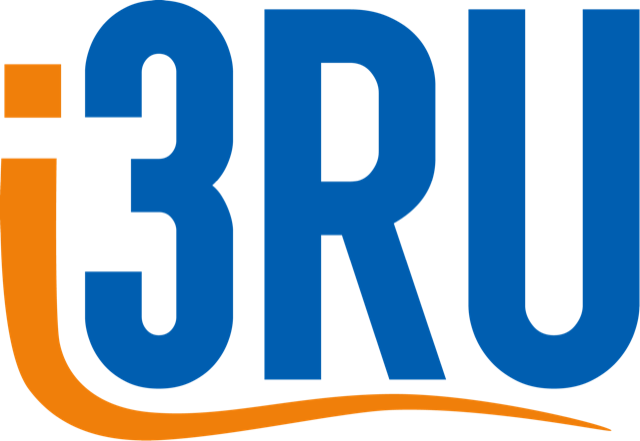3R Research and Projects
Let´s improve the 3Rs in animal research!
Research Focus Areas
Organoids, AI based models, statistics, enrichment, postoperative care and pain assessment, animal house quality, reproducibility and animal welfare in animal assisted therapy

Replace
Organoid research at the IMOS, Institute of Molecular Oncology and Stem Cell Biology Organoid Research Institute Head: Prof. Alexander Kleger.

Reduce
We will develop further statistical methodologies to allow a phase model which reflects the well-established process of clinical research, and we discuss its potential to improve decision making in translational research. The model aims to clarify the reliability of results derived from animal models and will help to substantially use animal numbers.

Refine
We will assess stress parameters and increase standardization in our refinement labs as role model for animal husbandry and experimentation.
Current Projects

Organoids (PDO) Derived from Pancreatic Cancer Patients: A Tool for Personalized Medicine
Over the past ten years, advances in the molecular characterization of cancer have improved treatment strategies, yet conventional chemotherapy remains the primary therapy for patients with metastases. Unfortunately, this therapy often leads to toxicity, low tumor specificity, and the development of resistance. Three-dimensional organoid cultures (PDOs), derived from patient tumor tissue, have emerged as a promising model for personalized medicine. At IMOS, PDOs from pancreatic cancer patients have preserved the tumor’s heterogeneity and molecular features, making them highly suitable for therapeutic profiling and drug screening.
Core Facility Organoids, Head Prof. Dr. Alexander Kleger. Learn More

iPS Cell Differentiation – From Hair to Pancreatic Cells in a Culture Dish
A key focus at IMOS is the differentiation of human pluripotent stem cells into pancreatic lineages in order to investigate both physiological processes and pathological disease mechanisms. In collaboration with Prof. Stefan Liebau (University of Tübingen), an efficient reprogramming platform was developed to convert keratinocytes obtained from the hair of both healthy and affected individuals into pluripotent stem cells. This technology has already been successfully applied in studies where pluripotent stem cells were differentiated into endodermal and ectodermal derivatives.
Core Facility Organoids, Head Prof. Dr. Alexander Kleger. Learn More

AI in animal research: Replacing and Augmenting Animal Experiments with Mathematical Modeling
Replacing or augmenting animal experiments with mathematical models involves the computational simulation of biological processes to predict outcomes and reduce reliance on live animals. This requires defining the biological system and its key components (e.g., cells, proteins) and processes (e.g., signaling pathways) and choosing a modeling approach: mechanistic models (e.g. differential equations), statistical models (machine learning), agent-based models (individual interactions), or network models (graph-based interactions). Parameterisation of the model requires using existing data or literature and validating it by comparing predictions to experimental results. Applications include drug development (PK/PD models), disease modeling (e.g., cancer growth), and toxicology (QSAR models). Tools like R, MATLAB, etc., or specialized software (COPASI, NetLogo) can be used for implementation. This approach reduces animal use, saves resources, and provides insights into complex systems.
Institute of Medical Systems Biology, Head Prof. Dr. Hans Armin Kestler. Learn More
6R Course on the Reproducibility Crisis in Animal Research: Identifying Challenges and Implementing Solutions
6R course on the reproducibility crisis: very many, too many, animal studies do not yield any benefit for human patients. There are many different reasons for this, from the use of inappropriate models or inappropriate statistical methods, undocumented differences in methods to publication practices, to name just a few examples. In this course we want to raise awareness of the problem and present possible solutions. The course is organized in cooperation with CAMARADES Berlin.
Link to registration will follow shortly. Questions? Write to: Dr. Sibylle Ott, 3RC.Ulm@uni-ulm.de
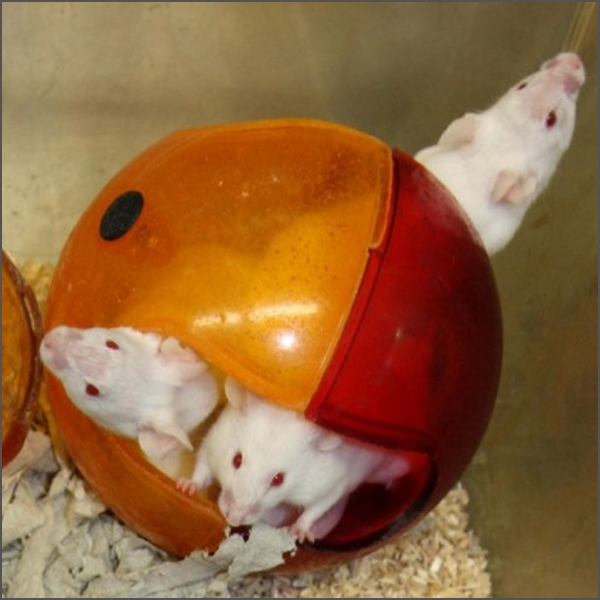
Finding everyday problems in animal husbandry, better comparability of locations and help with documentation
Animal house quality checklist: the contribution of animal houses to the reproducibility crisis has hardly been studied at present. One of the reasons for this is the complexity of collecting data to describe animal houses. A team led by the 3R Centrum Ulm, in collaboration with the TVT and numerous experts from GV-SOLAS, is currently developing a checklist that will enable a comprehensive presentation and, in a second step, comparability of animal houses.
The „Checklist“ is still not ready. You like to join the team? Write to: Dr. Sibylle Ott, 3RC.Ulm@uni-ulm.de
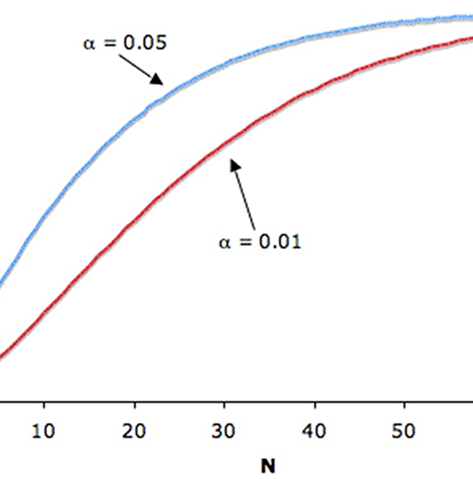
Statistics in animal experiments
In animal experiments, scientists are faced with the challenge of comparatively small sample sizes. Due to ethical reasons only a preferably small amount of animals shall be used, at the same time though a sufficient validity of results should be attained. This requires application of specific biostatistical methods which ideally do not rely on particular distributional assumptions, as it is indeed the case when applying “standard methods” in clinical research.
Institute of Epidemiology and Medical Biometry (Head Prof. Dietrich Rothenbacher), Deputy Management and Head of Biometrics Prof. Benjamin Mayer. Learn More
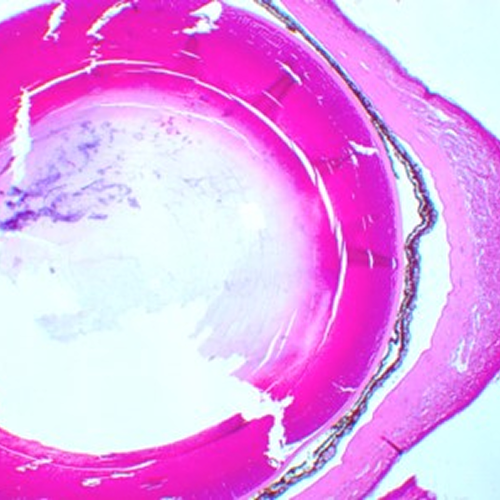
Biobank on mouse tissue
Currently we are in the process of organizing available paraffin samples (kidney, liver, heart, coronary arteries, lung, brain…) from previous mouse and pig experiments with intensive care treatment with a variety of injuries (sepsis, hemorrhagic shock, blunt chest trauma) with the goal of drastically reducing the volume of samples stored here at the APV. Before discarding a lot of samples I wanted to see if anyone of you might still want to work with some of these tissues. So, if you are interested in getting any of these materials and/or would like to learn more details about the available samples, please feel free to contact me within the next 2-3 weeks.
Tamara Merz, Institute of Anesthesiological Pathophysiology and Process Engineering (Head: Prof. Dr. Radermacher), contact: tamara.merz@uni-ulm.de
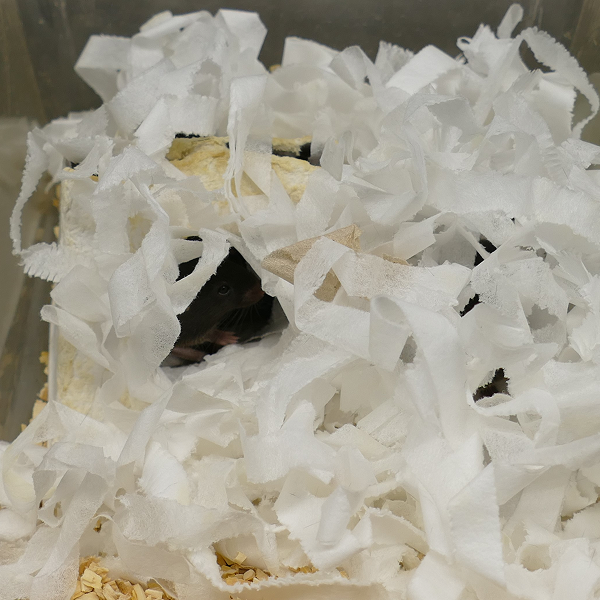
Stress Assesement in Mice
While usual procedures are limited to filling out score sheets, we believe that additional standardized measurements of stress hormones can better and more objectively capture the stress of experimental animals. At the University of Ulm, there is particularly high expertise in the effects of glucocorticoids (including cortisol) on social stress behavior on physiological processes of inflammatory reactions, energy and fat metabolism, diabetes development, bone homeostasis, and the role of glucocorticoids in cellular energy metabolism.
Prof. Dr. Jan Tuckerman, Head of Molecular Endocrinology and Physiology. Learn More

Training
Basic course according to TierSchVersV Anl1, Absch3: more than 60 years after their publication, the 3Rs should be part of the working basis in animal experiments. We are currently developing a 3R module to expand basic courses in laboratory animal science.
The course is still in preparation. Contact: Dr. Sibylle Ott, 3RC.Ulm@uni-ulm.de
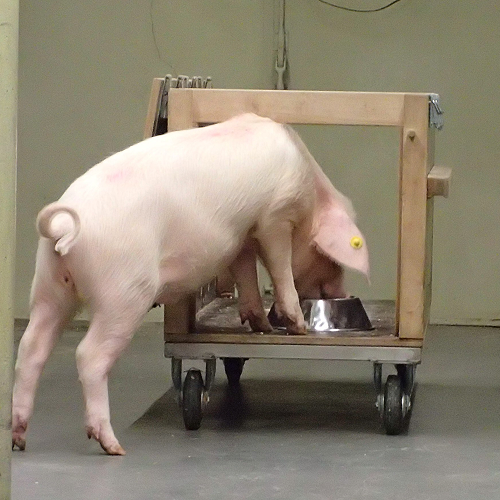
Establishment of Refinement Laboratories
In the building for Multidimensional Trauma Sciences MTW, corresponding refinement labs will be set up with completion in 2025. These will give us the opportunity to test and introduce refinement techniques like training, special enrichment, self-administratzion of anlalgetics and so on in state-of-the-art experiments on transgenic rodents as well as large animal experiments (pig, sheep). The large animal operating room with intensive care unit has the most modern non-invasive imaging techniques (including CT, MRI, angiography system) for realistic, clinically highly relevant modeling with low strain on the animals in the same time. Monitoring, imaging, and therapy of complex trauma consequences and disease patterns will be accompanied by refinement measures that are carried out according to the standards and guidelines of human medicine but adapted to the animals needs. The anesthesia and analgesia conditions will be under constant monitoring and evaluation to reduce the stress occurring in trauma research. We will share our findings to refine trauma experiments not only theoretically but in training courses as well.
The MTW is still still under construction. Learn More
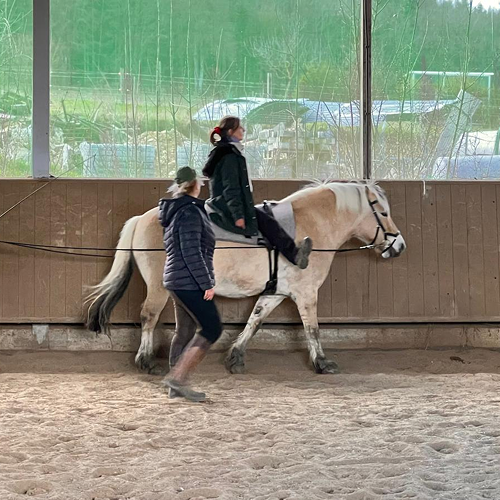
Animal Welfare in Animal Assisted Therapy
Human patients benefit from animal-assisted therapies in various areas. But how are the animals used for therapy doing? We are supporting a dental clinic project (Prof. Dr. Margrit-Ann Geibel, Senior Physician, Head of Dento-maxillofacial Radiology) for the treatment of bruxism (teeth grinding or clenching) using progressive muscle relaxation on horseback from an animal welfare perspective.
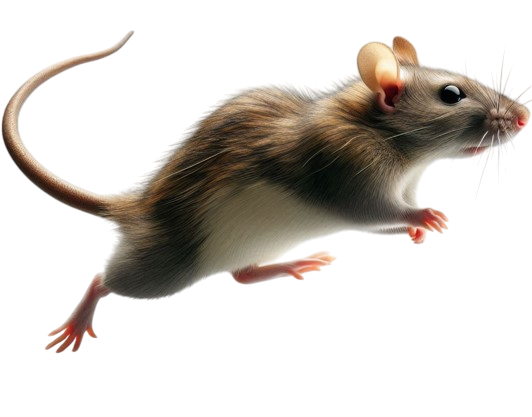
Join the Movement for Ethical Research
Become a part of our mission to foster a responsible and ethical research environment. Connect with us to learn more, volunteer, or collaborate on new projects.


